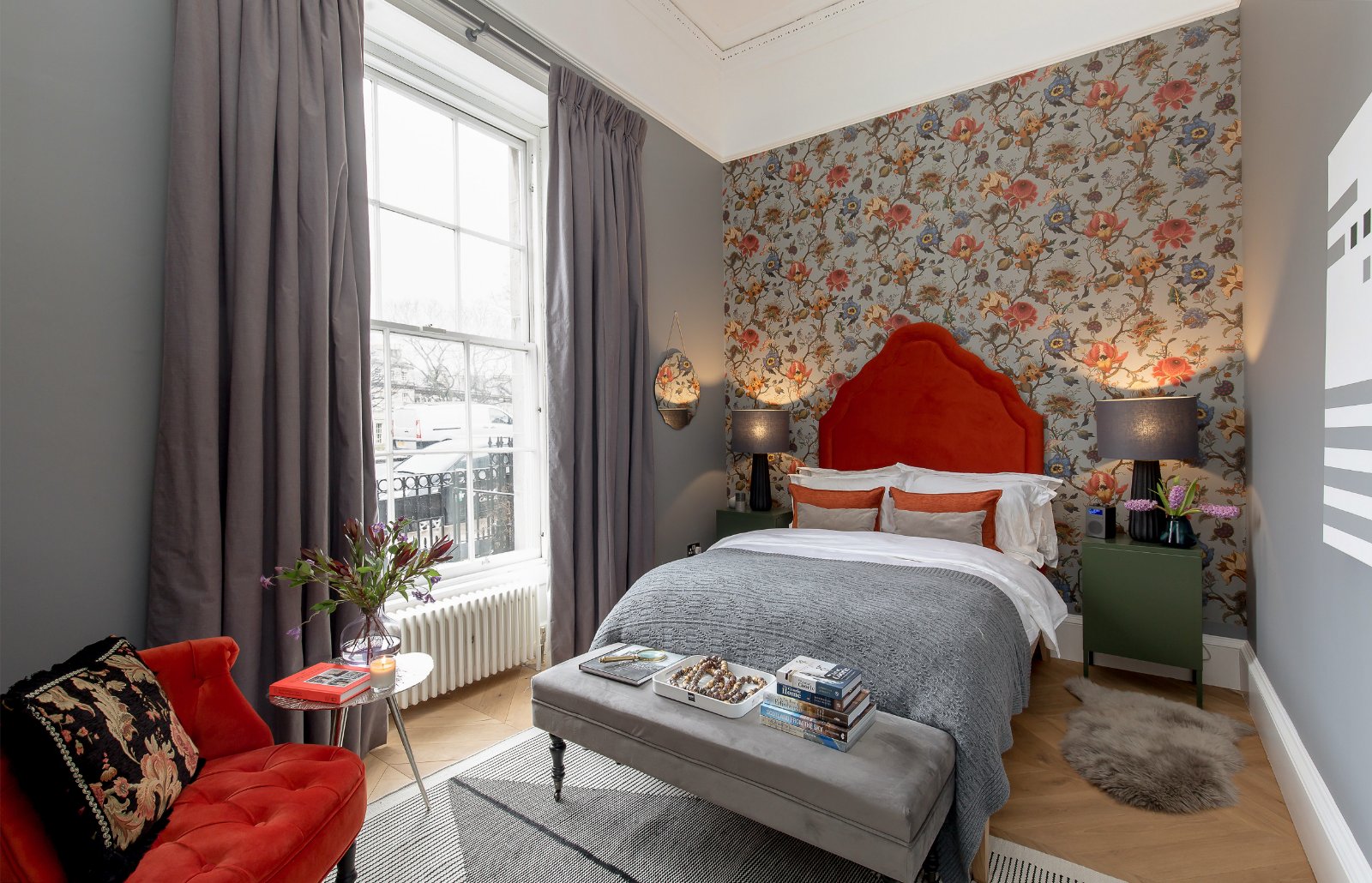Nestled in the heart of Edinburgh, Scotland, the Doric House stands as a testament to the city’s rich architectural heritage. This magnificent structure, with its distinctive Doric columns and elegant neoclassical design, has captivated visitors for centuries. In this article, we will delve into the history, architectural features, cultural significance, and current use of the Doric House, shedding light on why it remains an iconic landmark in the city.
1. A Glimpse into History
The Doric House, also known as the Royal Bank of Scotland building, was constructed in the early 19th century. Designed by renowned architect Sir John Soane, it was completed in 1827. The building was initially intended to serve as the headquarters of the Royal Bank of Scotland, which had outgrown its previous location. The choice of the neoclassical style, with its clean lines and symmetrical proportions, reflected the prevailing architectural trends of the time.
The Doric House quickly became a symbol of Edinburgh’s economic prosperity and architectural prowess. Its prominent location on St. Andrew Square, surrounded by other notable buildings, further enhanced its prestige. Over the years, the building has witnessed significant historical events and played host to numerous influential figures.
2. Architectural Marvels
The Doric House is a prime example of neoclassical architecture, characterized by its emphasis on simplicity, symmetry, and classical motifs. The most striking feature of the building is its row of six majestic Doric columns, which dominate the façade and create a sense of grandeur. These columns, made of sandstone, are meticulously carved with intricate details, showcasing the craftsmanship of the era.
The interior of the Doric House is equally impressive. The main banking hall boasts a soaring ceiling adorned with ornate plasterwork and a stunning central dome. The use of natural light, facilitated by large windows, creates an airy and inviting atmosphere. The attention to detail is evident throughout, from the elegant marble floors to the meticulously crafted woodwork.
3. Cultural Significance
Beyond its architectural splendor, the Doric House holds immense cultural significance for the people of Edinburgh. It has witnessed the city’s transformation over the years and serves as a tangible link to its past. The building’s association with the Royal Bank of Scotland, one of the country’s oldest financial institutions, further adds to its historical value.
Moreover, the Doric House has become an integral part of the city’s cultural fabric. Its iconic presence on St. Andrew Square has made it a popular meeting point and a backdrop for various events and celebrations. The building’s architectural beauty has also made it a favored subject for artists and photographers, who seek to capture its timeless allure.
4. Present-day Use and Preservation Efforts
While the Doric House no longer serves as the headquarters of the Royal Bank of Scotland, it continues to be an active part of Edinburgh’s urban landscape. The building has been repurposed to house a variety of businesses and offices, ensuring its continued relevance in the modern era.
Preservation efforts have been undertaken to safeguard the Doric House’s architectural integrity. The building is listed as a Category A structure, affording it legal protection against alterations that could compromise its historical significance. Regular maintenance and restoration work are carried out to ensure that future generations can appreciate its splendor.
Conclusion:
The Doric House stands as a testament to Edinburgh’s architectural legacy. Its neoclassical design, adorned with Doric columns and intricate details, showcases the skill and craftsmanship of a bygone era. Beyond its aesthetic appeal, the building holds immense historical and cultural significance for the city. Today, the Doric House continues to be a cherished landmark, serving as a reminder of Edinburgh’s rich heritage and a testament to the enduring power of great architecture.



